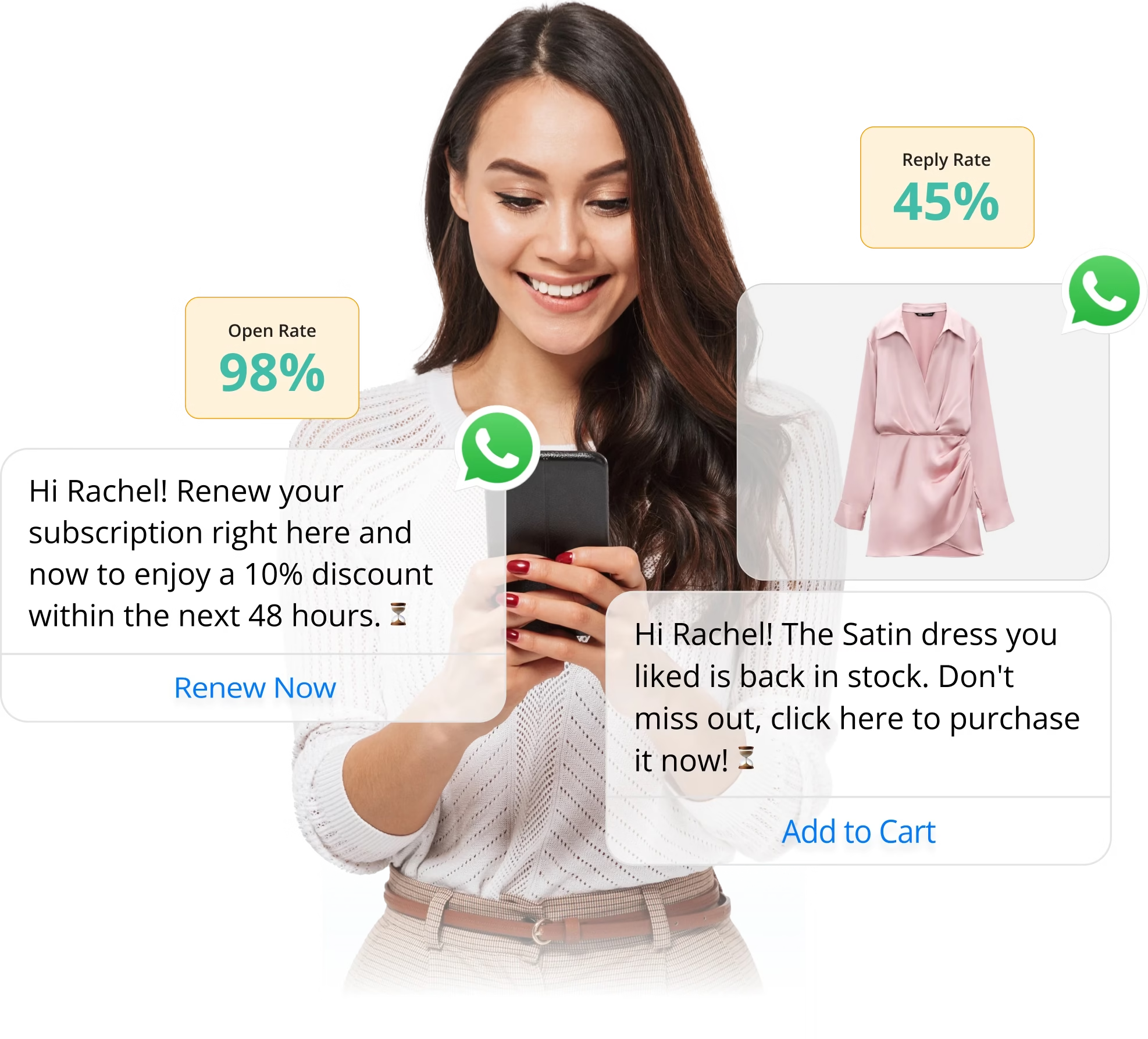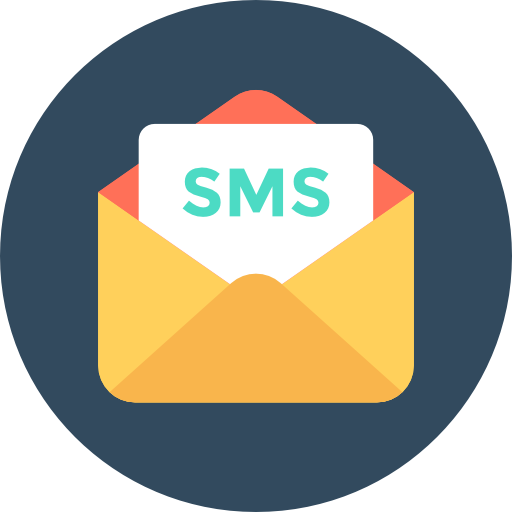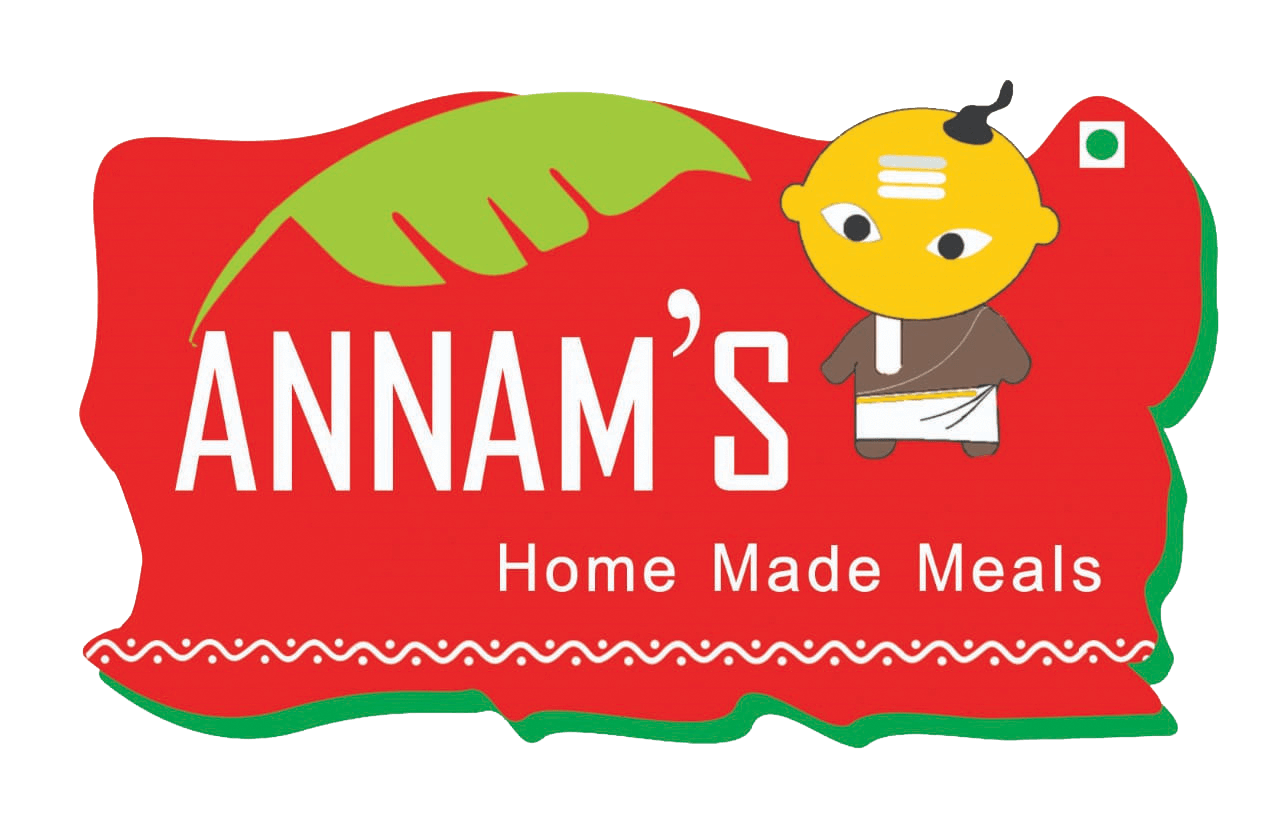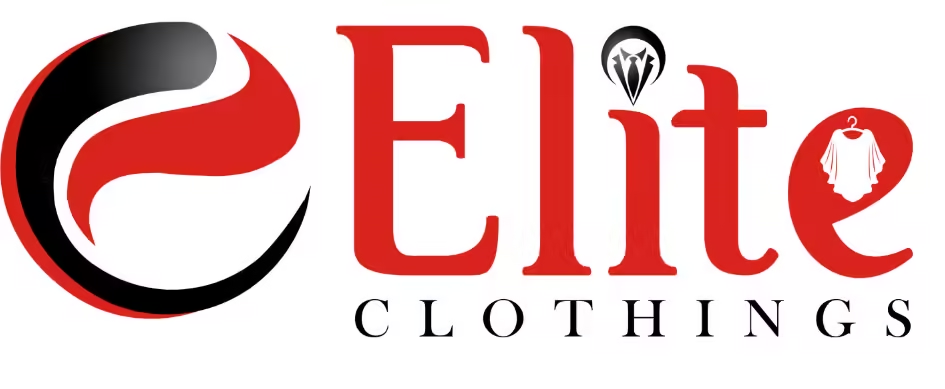
Complete Guide to WhatsApp Bots for Businesses: Advantages, Challenges, and Effective Strategies
WhatsApp, with its massive user base, offers an incredible opportunity for businesses to connect with their audience. One of the most effective tools in this realm is the WhatsApp bot, a powerful automation tool designed to handle customer interactions effortlessly.










